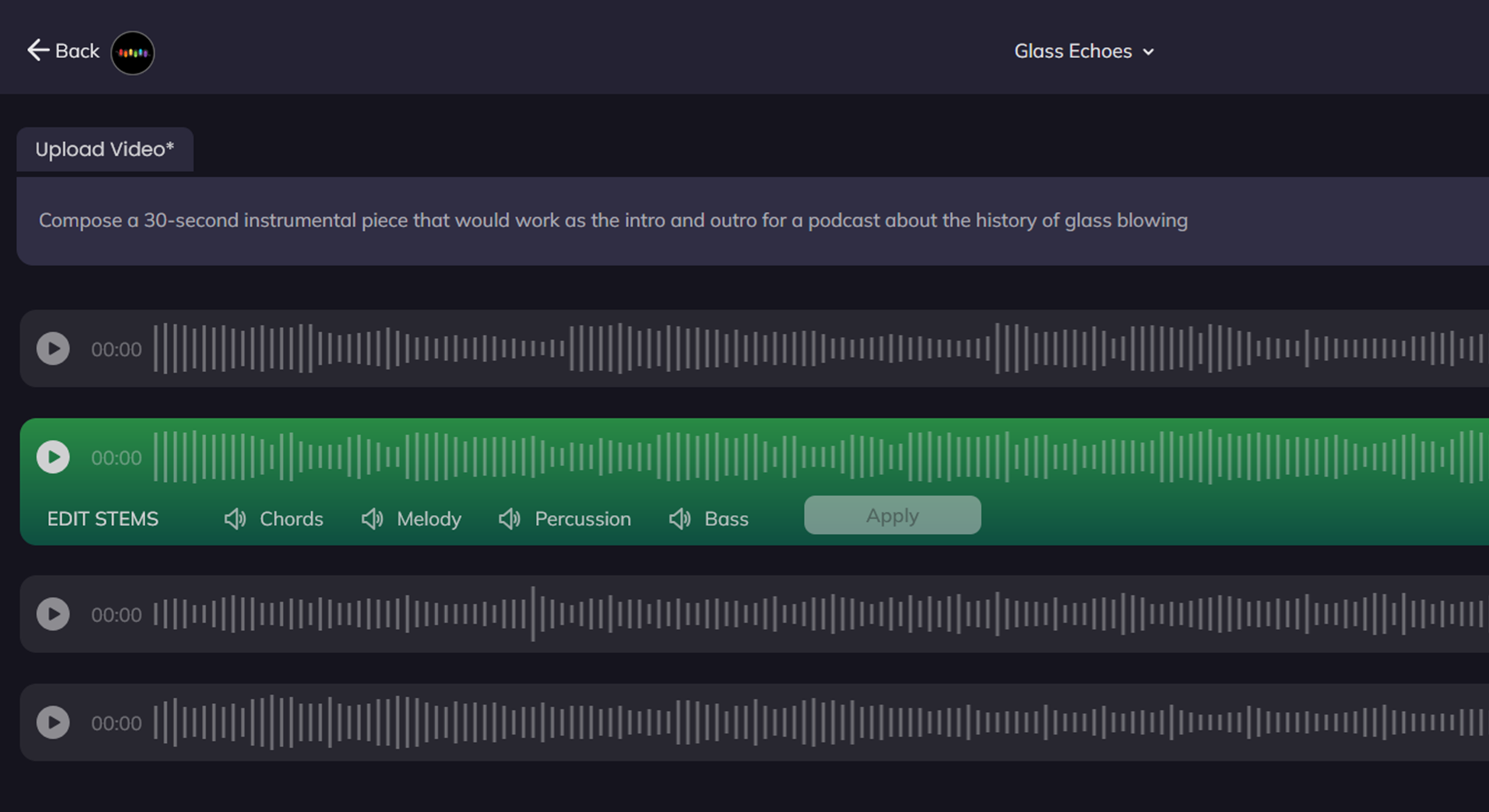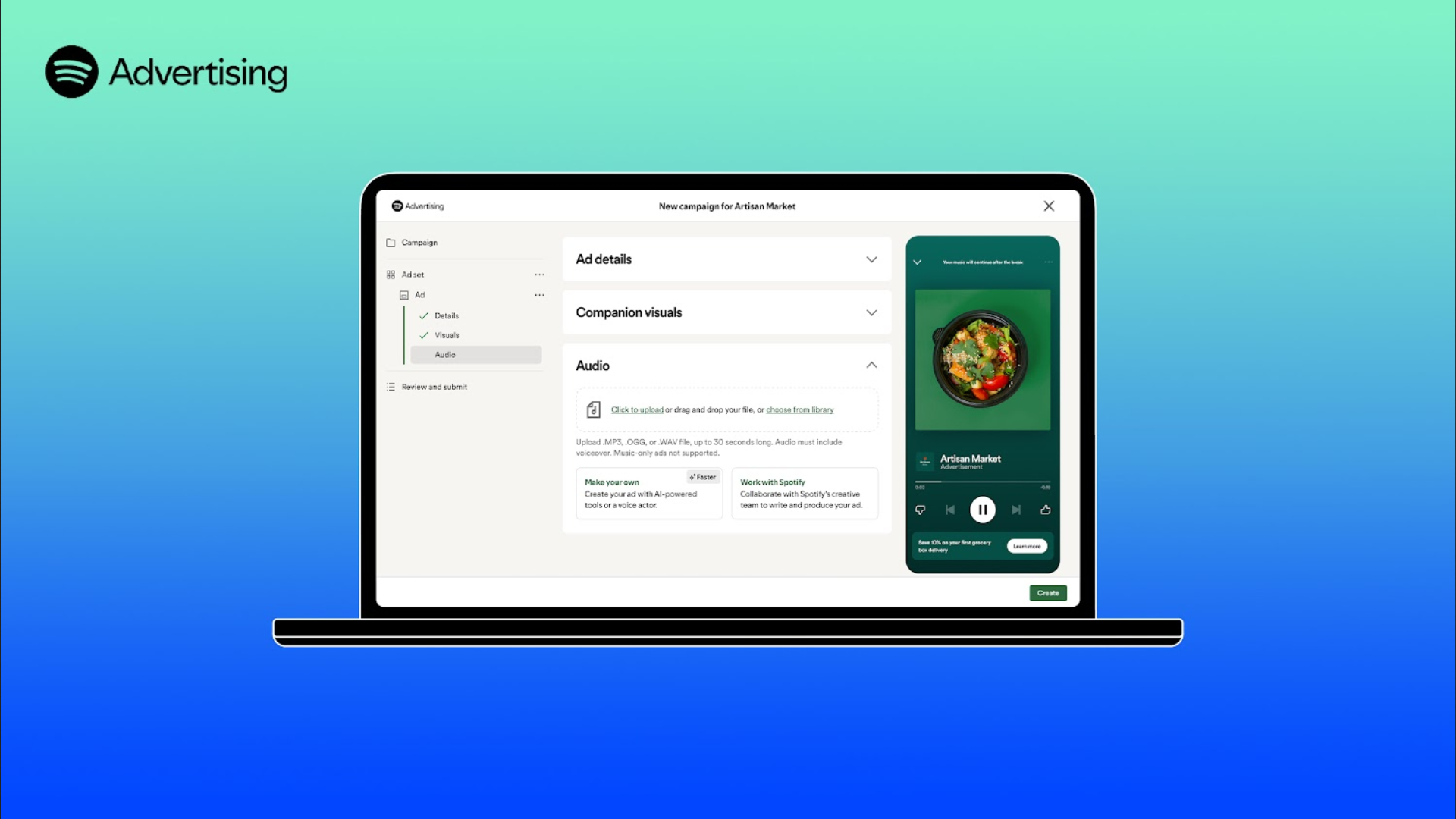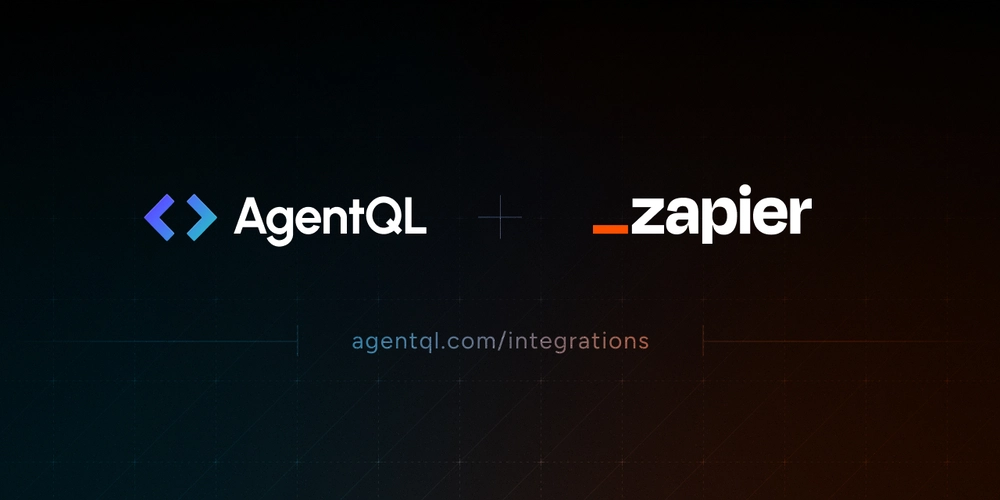I Will Teach You SQL in 3 Minutes
SQL, or Structured Query Language, is a powerful tool for managing and manipulating data in relational databases. Whether you're running an online store, analyzing social media trends, or generating reports, SQL is the go-to language for handling data efficiently. In just 3 minutes, you’ll learn the basics of SQL, why it’s so widely used, and how you can start using it to manage data like a pro. What is SQL? SQL is a language designed to interact with relational databases, where data is stored in tables with rows and columns (think of it like a spreadsheet). It allows you to create, read, update, and delete data, making it essential for anyone working with large amounts of information. SQL has been around since the 1970s and remains one of the most important tools for data management today. Why is SQL Important? SQL is used across industries because it’s incredibly versatile. Here are a few examples of how it’s applied: Ecommerce: Online stores use SQL to manage customer orders, track inventory, and analyze sales data. Social Media: Platforms rely on SQL to handle user profiles, posts, and interactions. Data Analysis: Businesses use SQL to generate reports, spot trends, and make data-driven decisions. It’s a must-know skill for anyone working with data, as it simplifies how you organize and retrieve information. Key SQL Operations (with Examples) You don’t need to be a tech expert to start using SQL. Here are three basic operations to get you started: Select Data: This is how you retrieve information from a database. For example, to get a list of customer names, you’d use: SELECT name FROM customers; This simple command pulls all the names from the "customers" table. Join Tables: Often, data is spread across multiple tables. SQL lets you combine them. For instance, to see which customers made which orders, you might write: SELECT customers.name, orders.product FROM customers JOIN orders ON customers.id = orders.customer_id; This merges data from the "customers" and "orders" tables based on a common ID. Insert Data: To add new information, like a new customer, you’d use: INSERT INTO customers (id, name) VALUES (1, 'John'); This adds a new row to the "customers" table with the ID and name provided. These basic commands are enough to start managing and analyzing data effectively. Why Learn SQL? Learning SQL opens up a world of possibilities. It’s a skill that can help you: Organize and retrieve data quickly. Automate repetitive tasks like generating reports. Make data-driven decisions in your business or career. Plus, SQL is easy to pick up, even for beginners. With just a few commands, you can start making sense of large datasets and gain valuable insights. In just 3 minutes, you’ve learned what SQL is, why it’s important, and how to perform some basic operations. Whether you’re looking to boost your career or simply manage data better, SQL is a skill that will serve you well. Start practicing these commands, and you’ll be on your way to becoming a data pro!

SQL, or Structured Query Language, is a powerful tool for managing and manipulating data in relational databases. Whether you're running an online store, analyzing social media trends, or generating reports, SQL is the go-to language for handling data efficiently. In just 3 minutes, you’ll learn the basics of SQL, why it’s so widely used, and how you can start using it to manage data like a pro.
What is SQL?
SQL is a language designed to interact with relational databases, where data is stored in tables with rows and columns (think of it like a spreadsheet). It allows you to create, read, update, and delete data, making it essential for anyone working with large amounts of information. SQL has been around since the 1970s and remains one of the most important tools for data management today.
Why is SQL Important?
SQL is used across industries because it’s incredibly versatile. Here are a few examples of how it’s applied:
- Ecommerce: Online stores use SQL to manage customer orders, track inventory, and analyze sales data.
- Social Media: Platforms rely on SQL to handle user profiles, posts, and interactions.
- Data Analysis: Businesses use SQL to generate reports, spot trends, and make data-driven decisions.
It’s a must-know skill for anyone working with data, as it simplifies how you organize and retrieve information.
Key SQL Operations (with Examples)
You don’t need to be a tech expert to start using SQL. Here are three basic operations to get you started:
- Select Data: This is how you retrieve information from a database. For example, to get a list of customer names, you’d use:
SELECT name FROM customers;
This simple command pulls all the names from the "customers" table.
- Join Tables: Often, data is spread across multiple tables. SQL lets you combine them. For instance, to see which customers made which orders, you might write:
SELECT customers.name, orders.product
FROM customers
JOIN orders ON customers.id = orders.customer_id;
This merges data from the "customers" and "orders" tables based on a common ID.
- Insert Data: To add new information, like a new customer, you’d use:
INSERT INTO customers (id, name) VALUES (1, 'John');
This adds a new row to the "customers" table with the ID and name provided.
These basic commands are enough to start managing and analyzing data effectively.
Why Learn SQL?
Learning SQL opens up a world of possibilities. It’s a skill that can help you:
- Organize and retrieve data quickly.
- Automate repetitive tasks like generating reports.
- Make data-driven decisions in your business or career.
Plus, SQL is easy to pick up, even for beginners. With just a few commands, you can start making sense of large datasets and gain valuable insights.
In just 3 minutes, you’ve learned what SQL is, why it’s important, and how to perform some basic operations. Whether you’re looking to boost your career or simply manage data better, SQL is a skill that will serve you well. Start practicing these commands, and you’ll be on your way to becoming a data pro!




































































![YouTube Announces New Creation Tools for Shorts [Video]](https://www.iclarified.com/images/news/96923/96923/96923-640.jpg)
![Apple Faces New Tariffs but Has Options to Soften the Blow [Kuo]](https://www.iclarified.com/images/news/96921/96921/96921-640.jpg)




















































































































































































![[The AI Show Episode 142]: ChatGPT’s New Image Generator, Studio Ghibli Craze and Backlash, Gemini 2.5, OpenAI Academy, 4o Updates, Vibe Marketing & xAI Acquires X](https://www.marketingaiinstitute.com/hubfs/ep%20142%20cover.png)

















































































































![Is this a suitable approach to architect a flutter app? [closed]](https://i.sstatic.net/4hMHGb1L.png)























![[DEALS] Microsoft Office Professional 2021 for Windows: Lifetime License (75% off) & Other Deals Up To 98% Off – Offers End Soon!](https://www.javacodegeeks.com/wp-content/uploads/2012/12/jcg-logo.jpg)

























































































